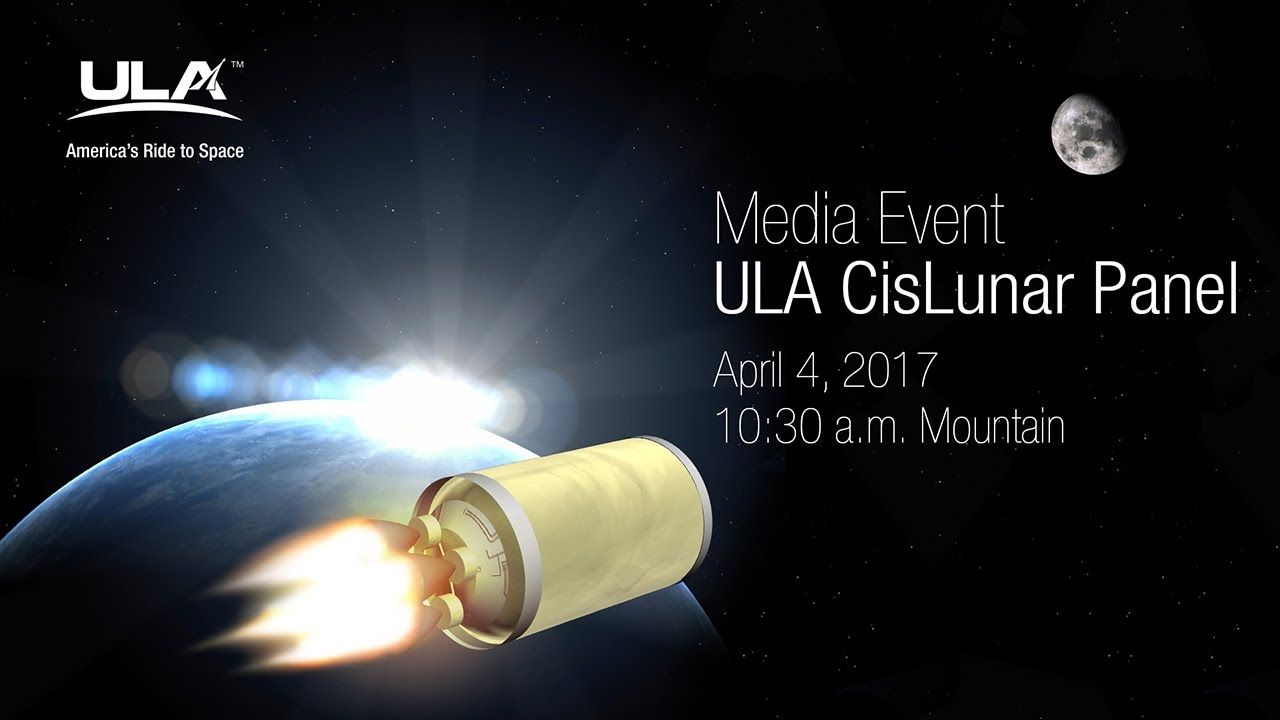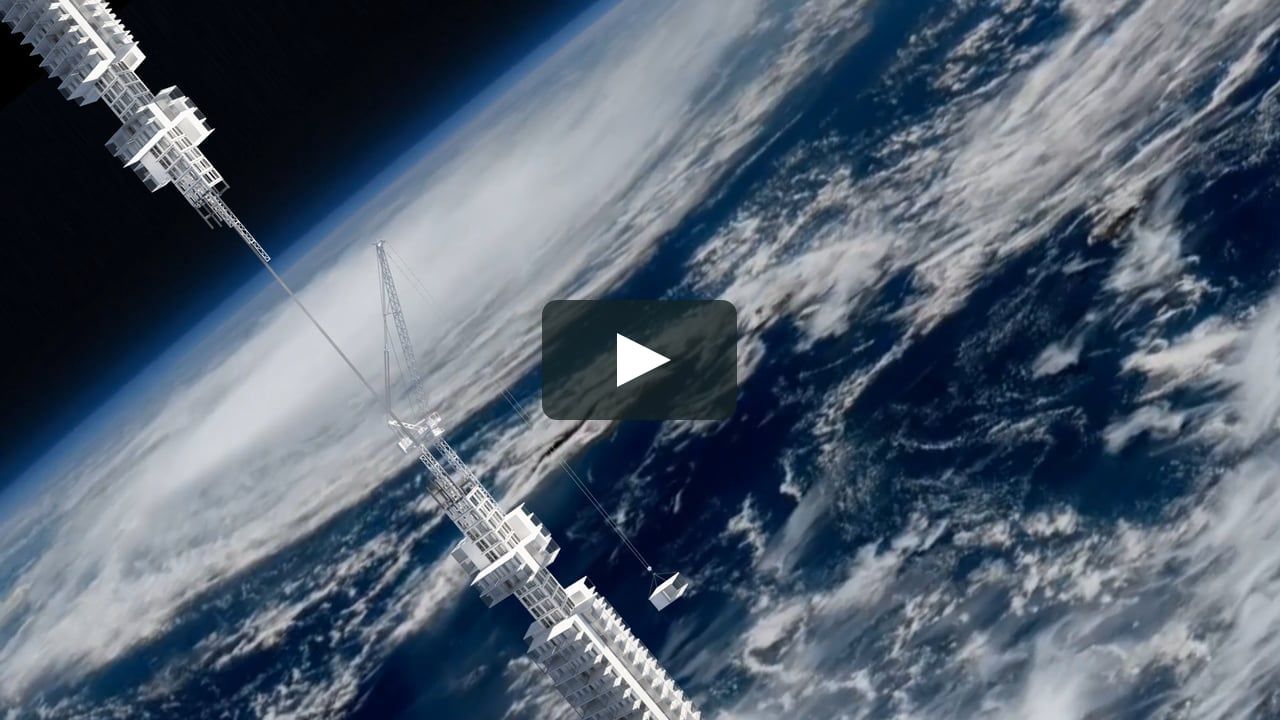I will be participating in London #Spaceapps2017
Participant registration for #SpaceApps 2017 is now open. Develop solutions for problems in space & on Earth. Sign up: 2017.spaceappschallenge.org/locations
I will be participating in London #Spaceapps2017
Participant registration for #SpaceApps 2017 is now open. Develop solutions for problems in space & on Earth. Sign up: 2017.spaceappschallenge.org/locations
Arranging employees in an office is like creating a 13-dimensional matrix that triangulates human wants, corporate needs, and the cold hard laws of physics: Joe needs to be near Jane but Jane needs natural light, and Jim is sensitive to smells and can’t be near the kitchen but also needs to work with the product ideation and customer happiness team—oh, and Jane hates fans. Enter Autodesk’s Project Discover. Not only does the software apply the principles of generative design to a workspace, using algorithms to determine all possible paths to your #officegoals, but it was also the architect (so to speak) behind the firm’s newly opened space in Toronto.
That project, overseen by design firm The Living, first surveyed the 300 employees who would be moving in. What departments would you like to sit near? Are you a head-down worker or an interactive one? Project Discover generated 10,000 designs, exploring different combinations of high- and low-traffic areas, communal and private zones, and natural-light levels. Then it matched as many of the 300 workers as possible with their specific preferences, all while taking into account the constraints of the space itself. “Typically this kind of fine-resolution evaluation doesn’t make it into the design of an office space,” says Living founder David Benjamin. OK, humans—you got what you wanted. Now don’t screw it up.
The solitary mountain on the dwarf planet Ceres may be slowly disappearing, following in the footsteps of earlier peaks.
New research suggests that the outer layer of the icy world may be slowly shifting over time, allowing the peak to gradually stretch out and sink into the crust. Similar mountains may have peppered the planet in the past and flattened out over time.
“It’s sort of like if you spill some syrup or honey on a plate and you watch it spread out over time, not instantaneously like water does but a little more slowly, it eventually gets to a flatter, broader shape; it’s the same process,” Michael Sori, a planetary scientist at the University of Arizona, told Space.com. [NASA Probe Snaps Stunning New Pics of Dwarf Planet Ceres].
Continue reading “Dwarf planet Ceres and the case of the vanishing ice volcanoes” »
Orbital manufacturing is already paving the way for better solar panels, faster internet, cleaner computer chips, and lab-grown human hearts.
For some of us: ‘Come Together’ is merely the opening track on the famous Beatles album Abbey Road. However, didn’t you ever wonder why humanity doesn’t come together to solve at least some of its problems on Earth? How about ‘solving’ something like the electricity supply once and for all?
The global headcount is always increasing and we might crack the 8 billion mark as we speak. So the need for electricity is growing with it.
Small nations like Costa Rica show us what can be done to get rid of fossil fuels and go for Renewables instead. Scaling up the combination of wind, solar or geothermal energy to satisfy the massive demand is hard, though.
Continue reading “How Smart Robots On The Moon Could Soon Supply Earth With Electricity” »

United Launch Alliance (ULA) CEO Tory Bruno and key space enterprise partners discuss the vision of a self-sustained space economy within the confines of CisLunar space.
Panel members will representatives from American Institute of Aeronautics and Astronautics, Boeing, Made in Space, Offworld, and the United States Air Force.

Inverts the traditional diagram of an earth-based foundation, instead depending on a space-based supporting foundation from which the tower is suspended. This system is referred to as the Universal Orbital Support System (UOSS). By placing a large asteroid into orbit over earth, a high strength cable can be lowered towards the surface of earth from which a super tall tower can be suspended.
Analemma is a proposal for the world’s tallest building ever. Harnessing the power of planetary design thinking, it taps into the desire for extreme height, seclusion and constant mobility. If the recent boom in residential towers proves that sales price per square foot rises with floor elevation, then Analemma Tower will command record prices, justifying its high cost of construction.
NASA has released a breathtaking video made from images and data collected by the Huygens probe when it crash-landed on Saturn’s moon, Titan, in 2005.
The fountain of youth isn’t so far off.
Scientists have discovered a revolutionary molecule that could be crucial to the health and survival of Mars astronauts – and crucial to helping us look young forever.
Our cells have the ability to repair themselves, but that declines with age – and scientists finally discovered why. The breakthrough comes after six years of DNA research from scientists at Harvard Medical School and University of New South Wales. Their findings were published Friday in Science.
Continue reading “This scientific breakthrough could reverse the aging process” »
